Why Is Deep Fried Food Bad for You?
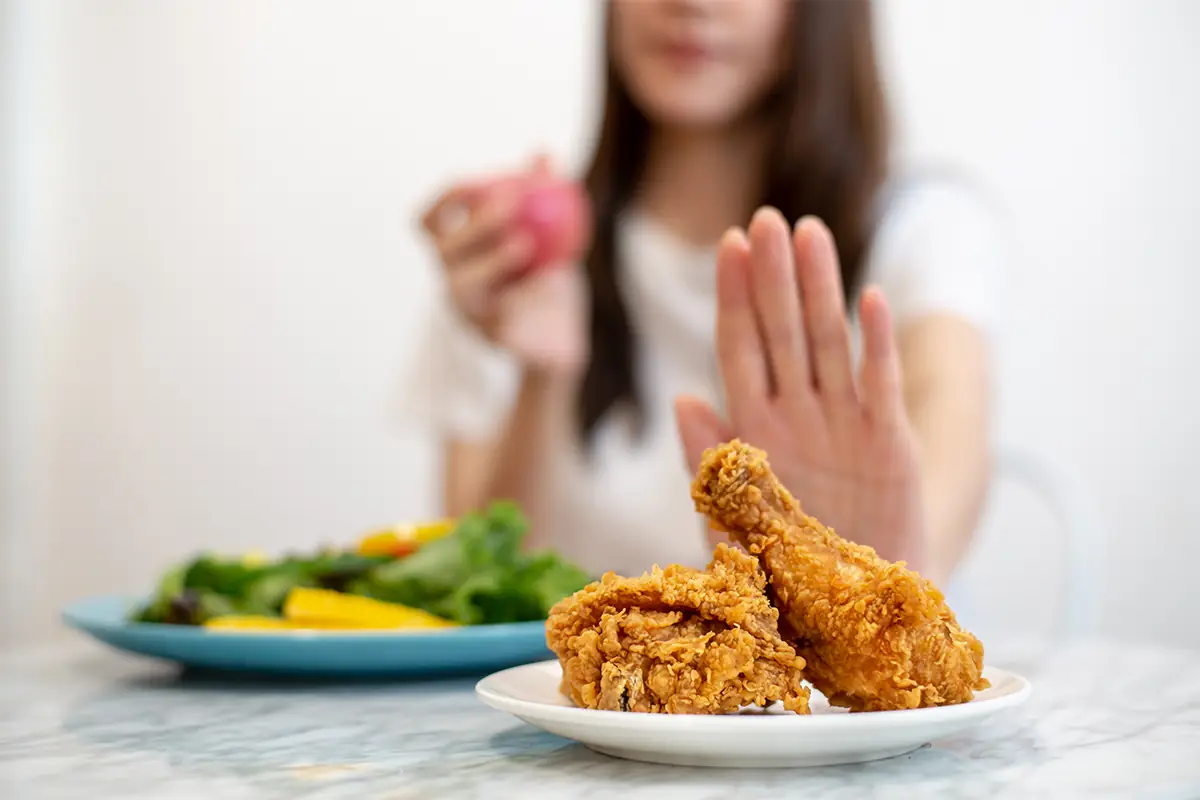
You might have heard the advice not to overindulge in fried food countless times. So, why is deep fried food bad for you? Is there a way for you to enjoy your favorite fried foods while not putting your health at risk? Which oil is the best for frying? Are there healthier cooking methods?
Read on to find the answers to all these and numerous other questions.
Why Is Fried Food Bad for Your Health: High-Calorie Content
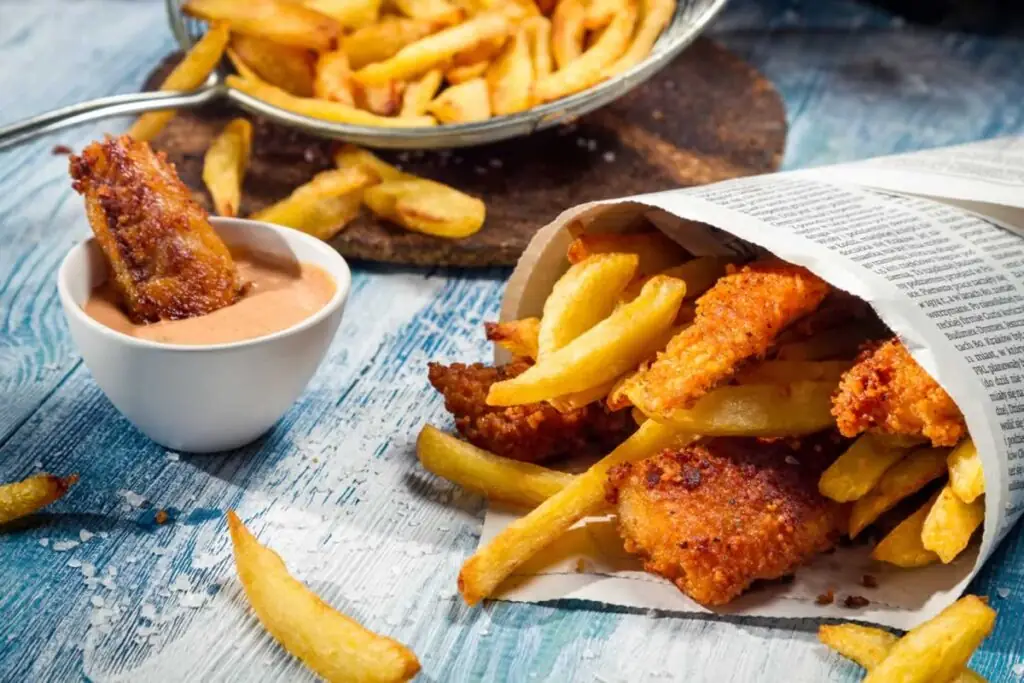
There are several reasons why fried foods are considerably higher in calories compared to their boiled or baked counterparts.
First of all, some foods — like meat — are often coated in flour or batter (a mixture of eggs, milk, and flour) before being placed in the frying pan. These high-calorie ingredients increase the amount of energy you get from your food.
Second, and even more important, when you fry your foods in oil, they very quickly lose their water and absorb surrounding fat. Fat is extremely high in calories.
To illustrate this point, if you french-fry your potatoes instead of baking them, you will end up getting more than three times as many calories (312 kcal vs. 93 kcal per 100 grams). Fried fish contains nearly twice as many calories compared to baked fish.
It needs to be said, however, that calories and fat are not bad for your health per se. If your work involves using a lot of muscle power or you do an intense workout several times a week, caloric foods help you replenish the energy you quickly spend. So, as long as there is a balance between your energy consumption and intake, there is nothing wrong with foods high in fats.
Unfortunately, many people do not exercise regularly and do not spend their working hours moving heavy things. If you do not burn as many calories as you consume, your chances of becoming seriously overweight (and even obese) get significantly higher, which is bad news.
Why Are Deep Fried Foods Bad for You: Trans Fats from Unhealthy Oils
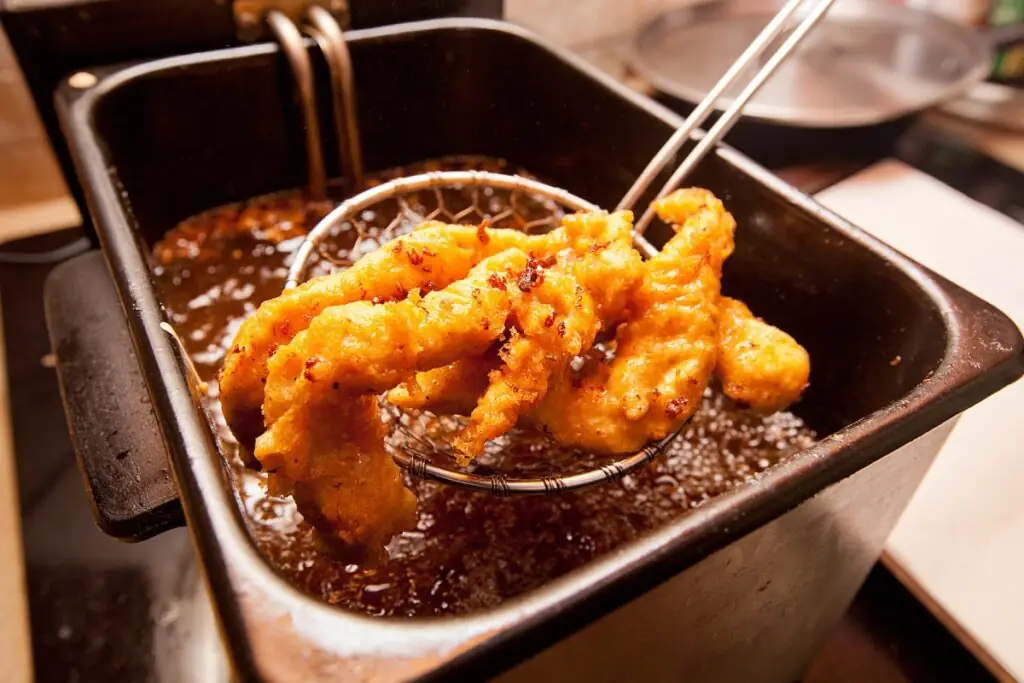
You cannot fry your food without using oil. When oils are heated to very high temperatures, unsaturated fats in them hydrogenate (i.e., acquire additional hydrogen), which leads to the formation of trans fats.
Unlike animal oils (such as ghee and tallow), vegetable and seed oils are especially prone to trans fat formation. What’s more, if vegetable and seed oils are reused for frying (which is a common practice in many fast food restaurants), their trans fat content spirals.
Numerous old and recent studies conclusively prove that trans fats are bad for your health. Foods that are high in trans fats increase the risk of cardiovascular disease, provoke faster weight gain, might trigger the development of Alzheimer’s disease, and are one of the factors of cancer development. What’s more, they have been linked to developing acne and ovulatory infertility.
Are Deep Fried Foods Unhealthy: Acrylamide

When you fry or bake your food, sugars in it react with an amino acid called asparagine. This results in the formation of acrylamide.
In several earlier animal studies, acrylamide was demonstrated to have cancerogenic properties. For this reason, there is a widespread belief that any fried (as well as baked or grilled) food is unhealthy and should be avoided.
Modern research, however, disproves this theory. A recent 2023 review states that the relationship between the relatively small quantities of acrylamide you get from fried food, and your risk of developing cancer is unclear.
While eating burnt and overcooked food cannot be recommended, acrylamide in your food is not likely to pose any real threat to your health. Still, the above-discussed trans fats in fried foods can be bad for you, as demonstrated by numerous clinical trials.
What Does Deep Fried Food Do to Your Body: Scientific Research
A large number of studies conclusively prove that people who regularly eat fried food are at higher risk of developing chronic health conditions.
Heart Health

A 2015 review demonstrates that those who consume fried foods four or more times a week are more likely to develop hypertension and obesity, which in turn may lead to heart disease and even heart failure. A recent 2022 meta-analysis confirms these findings.
There is also a 4-year study into the health consequences of eating fried fish. Researchers state that people who eat more than two fried fish servings per week are at a noticeably increased risk of cardiovascular events.
Lastly, a 2019 study that involved 106 966 postmenopausal women makes a conclusion that frequent consumption of such foods as fried fish and fried chicken increases cardiovascular mortality rates.
Type 2 Diabetes
A 2014 study demonstrates that women who frequently consume fried food (especially those who do this away from home) have a greater risk of developing gestational (i.e. caused by pregnancy) diabetes mellitus. These findings are re-confirmed by a 2017 trial.
What’s more, in another 2014 wide-scale study, frequent consumption of fried food was found to be significantly associated with the risk of developing type 2 diabetes.
Intestinal Health
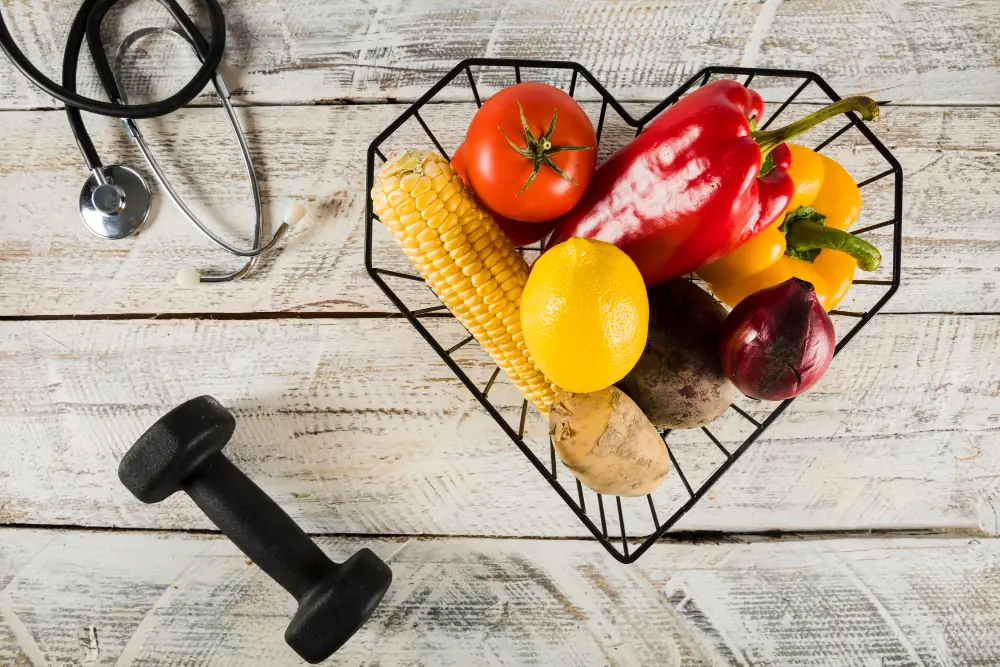
A 2019 study shows that people who regularly eat fried food instead of raw vegetables and fruits often suffer from lower diversity of the microbiome in the gut. This health condition might lead to digestive issues and reduced immunity. What’s more, in several trials, fried foods were found to worsen the symptoms of inflammatory bowel disease. So, if you often suffer from indigestion, cut down your consumption of fried foods as they might be downright bad for your gut.
Cancer
While additional research is still needed, there are numerous studies that demonstrate that both men and women who frequently consume fried food face an increased risk of developing cancer.
Are All Deep Fried Foods Bad for You: Frying at Home

If you want to take care of your health but are not ready to forgo deep fried food, then cooking at home might be an excellent alternative to eating restaurant-fried foods.
First of all, when cooking at home, you can use the optimal temperature for deep frying: 180°C (or 356°F) and, in any case, no more than 190°C (or 374°F). This temperature is high enough to make your food as tasty as possible but at the same time is low enough to prevent the potentially harmful oxidation and hydrogenation of your oil. Electrical equipment with built-in temperature sensors will be the best possible choice.
Second, when cooking at home, you can ensure that the oil you use for frying remains fresh at all times. Never use oils that look thick or frothy. Crumbs and grains of salt in your oil speed up the oxidation process, so do not allow them to build up.
Third, you can control the rate of oxidation by always covering your frying pan with a lid. This handy trick will help you minimize the access of oxygen to the oil.
Fourth, you can control the temperature of your oil. If it is too low (i.e., well below 180°C or 356°F), the water in your food doesn’t boil strongly enough to keep the excess oil from penetrating the food. For this reason, you need to use a source of heating that is strong enough to always keep your oil near 180°C (356°F) — even when you add cold ingredients to the heated oil.
Fifth, you can use kitchen paper to remove excess oil from your prepared food. This will both reduce its calorie content and the amount of detrimental trans fats and acrylamide you are getting.
Last but not least, when frying at home, you can use quality oils that are normally too expensive to be used in average restaurants.
Is Pan Fried Food Bad for You: Choosing Quality Frying Oils
When choosing oils for your deep fried foods, two key factors must be taken into consideration:
- Smoke point (i.e., the temperature at which your oil starts to turn into smoke). The higher the smoke point, the more usable your oil is for deep frying.
- Stability. The oil that you use should remain chemically stable while being prolongedly heated to very high temperatures.
Taking into consideration these two requirements, these vegetable oils can be recommended for your home-fried foods:
- Coconut oil. In a 2015 study, virgin coconut oil that was heated at 180°C (± 5°C) for 8 hours was found to remain chemically stable. Rich in potentially healthy medium-chain fatty acids (MCFA), this oil will be a very good (although expensive) choice for your home-fried meals.
Virgin Coconut Oil by California Gold Nutrition
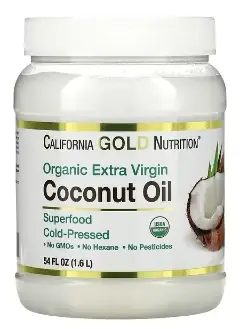
- Refined coconut oil has a higher smoke point (200°C or about 400°F) than most regular virgin coconut oils. For this reason, refined coconut oil might be a safer choice if it is difficult for you to keep the temperature of your frying pan below 180°C (356°F). What’s more, foods fried in refined coconut oil won’t get the flavor (and smell) of coconut. On the other hand, this type of coconut oil does not feature MCFA.
Organic Refined Coconut Oil by Swanson
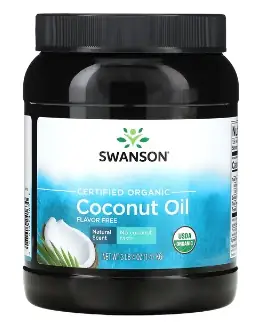
- Avocado oil has an extremely high smoke point of 250°C (482°F). The only drawback (besides its high price) of this otherwise excellent product is its slightly perceptible avocado flavor, which might be undesirable for some people.
Pure Avocado Oil by Chosen Foods

- Some authors also believe that extra virgin olive oil can be used for fried foods as well as for cold salads. Depending on the quality of your extra virgin olive oil, the temperature at which it starts to smoke might be between as low as 180°C (356°F) and as high as 215°C (419°F). So, if you fry your food at temperatures that are slightly lower than 180°C, there will be no risk of your extra virgin olive oil starting to smoke.
Extra Virgin Olive Oil by Lucini

If you are not a vegetarian or vegan, you can also use animal oils for your deep fried foods:
- Ghee. This type of oil that comes from India is prepared by simmering butter and removing any impurities and residues until there is nothing but clear liquid fat. Ghee has a very high smoke point of 250°C (485°F). Extremely small lactose and casein content makes ghee acceptable to people with an allergy to milk.

- Tallow. This form of beef fat has a smoking point of 249 °C (480°F). This animal fat has a very long shelf life. Highly resistant to oxidation and polymerization, tallow is much better suited for deep frying than any of the numerous vegetable oils except for avocado oil. Shop for it at your local farmer’s market.
Alternatives to Eating Fried Foods

If you believe that deep fried food is bad for you and looking for some healthier alternatives, try these cooking methods:
- Baking. You bake food using dry heat (at temperatures of 230°C or 450°F). You don’t need oil to bake your meat, potatoes, and other foods: baking paper or aluminum foil will be enough to protect it from direct heat.
- Air-frying: this method involves using a fan oven (an air fryer) that circulates very hot air (200°C or 392°F). While you still need to cover your food with a thin film of fat, you will need 70–80% less oil compared to regular frying.
So, how often should you eat deep fried foods? If you use high-quality oils like ghee, avocado oil, and/or tallow and air-fry your foods at home, you can enjoy these meals any time you want — provided you exercise regularly to burn off extra calories. On the other hand, avoid eating fried foods at fast food restaurants altogether. Fast food outlets are infamous for their using low-quality vegetable oils again and again, which results in the build-up of trans fats.
Conclusion
Now you know why is deep fried food bad for you. Luckily, there are easy ways to reduce potential health risks. Use them, and you will not have to forgo your favorite meals like French fries and steaks.